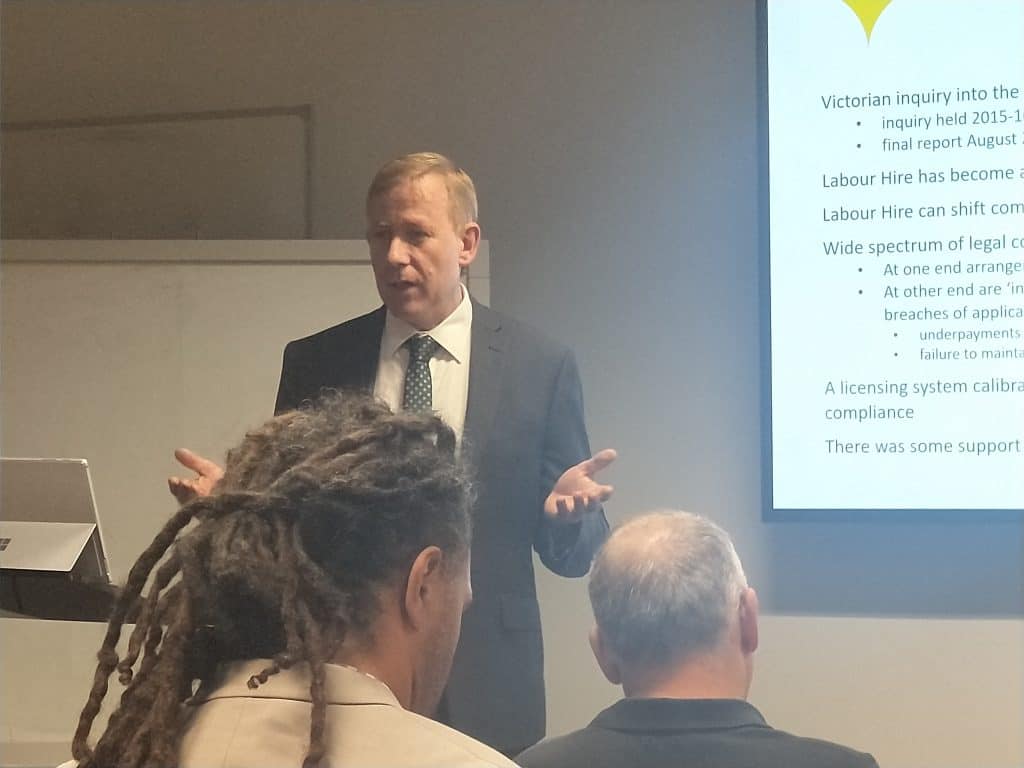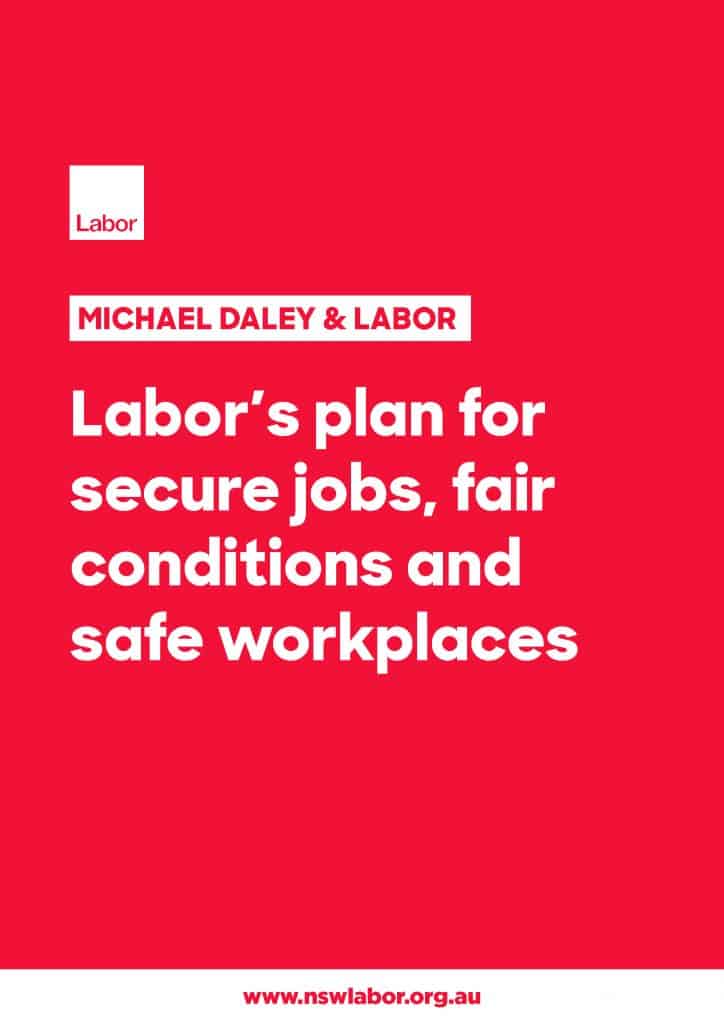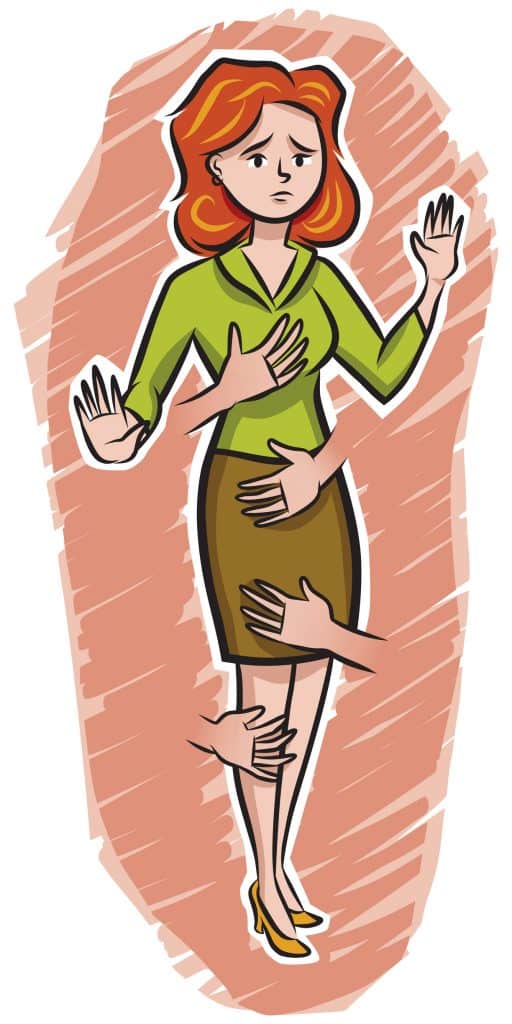As the world approaches World Day for Safety and Health at Work and International Workers Memorial Day this coming Sunday it is worth reminding ourselves of some of the immorality that unregulated Capitalism allows. A company in one of the last remaining exporters of asbestos, Russia, has used President Donald Trump’s words and image to support its production and export of asbestos*, a product known for over a century to cause fatal illnesses.
Why is asbestos still mind if the evidence of its fatality is incontrovertible? Greed, or as it has been called in the past – “good business sense”. Many authors have written about the history of asbestos globally and locally. Many have written about the injustice in denying victims compensation from exposure to a known harmful chemical. But few have written about the core support for asbestos production, export and sale – Greed.





